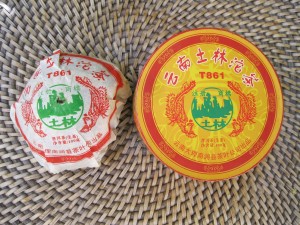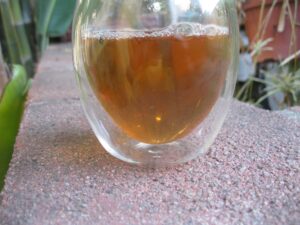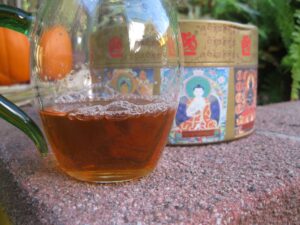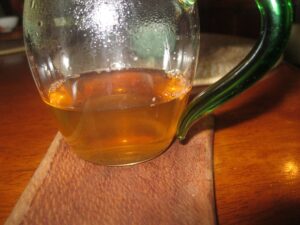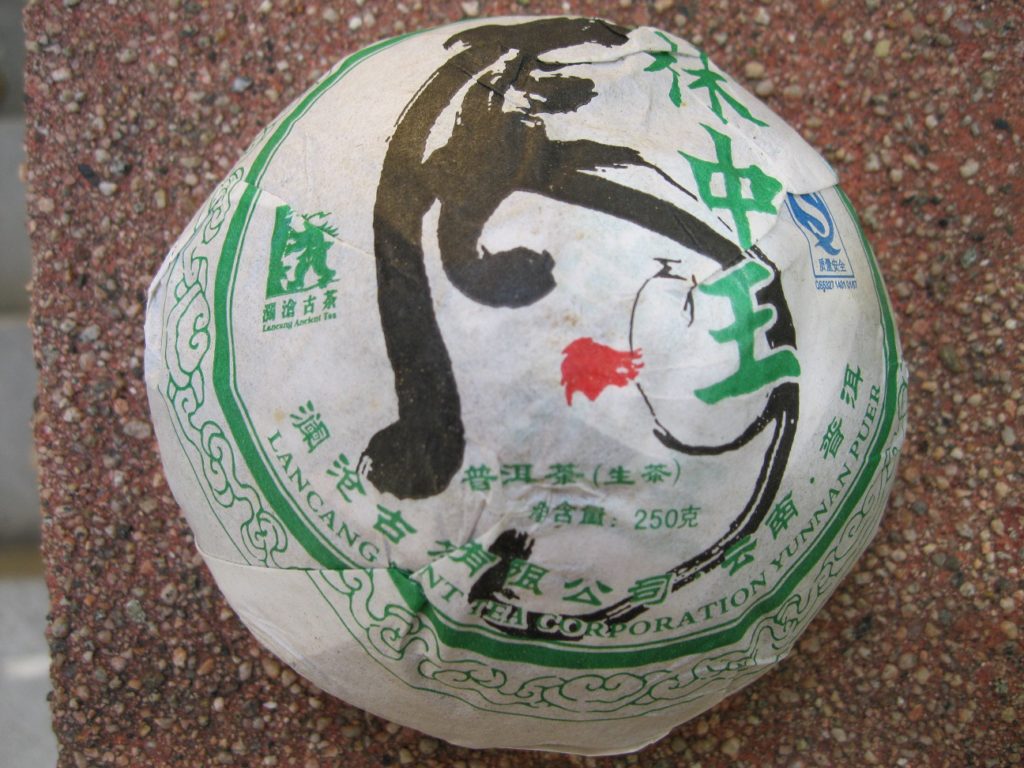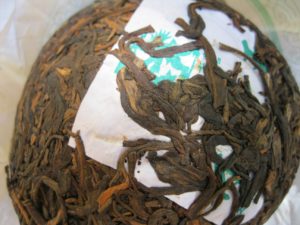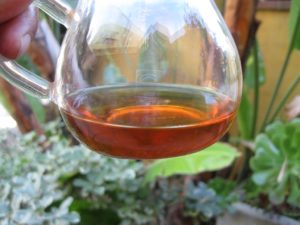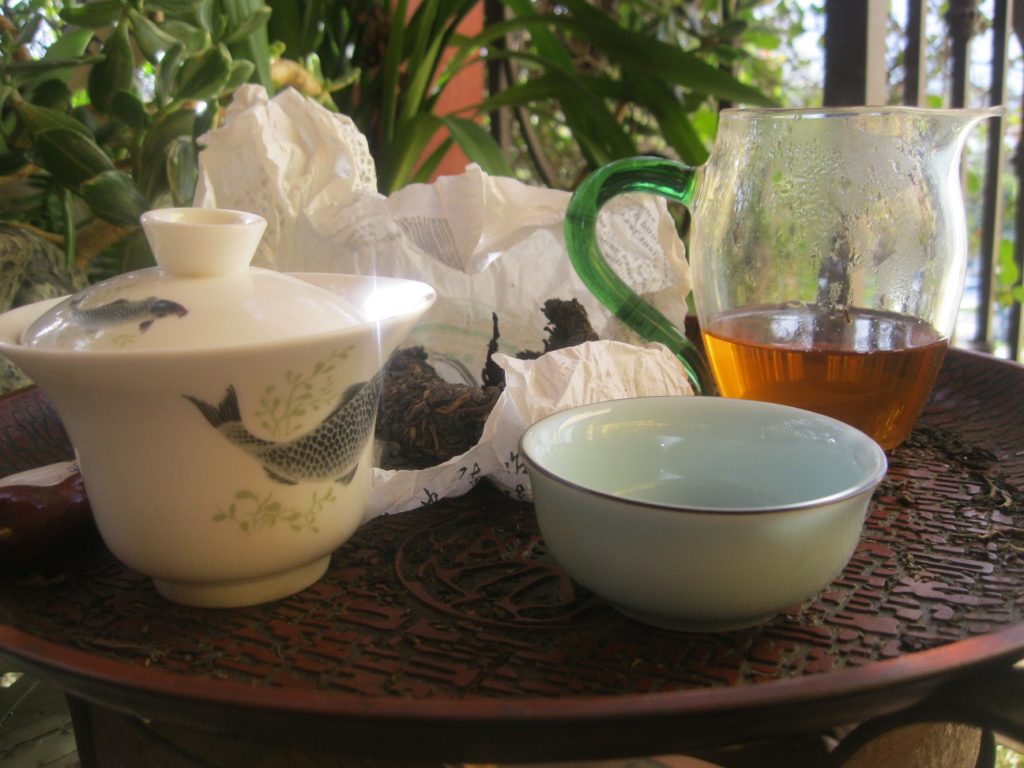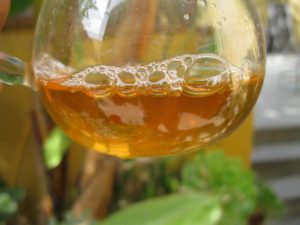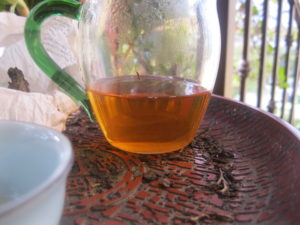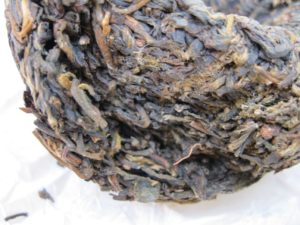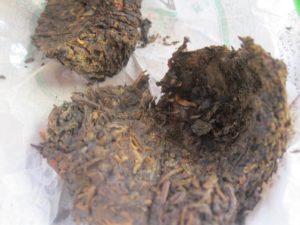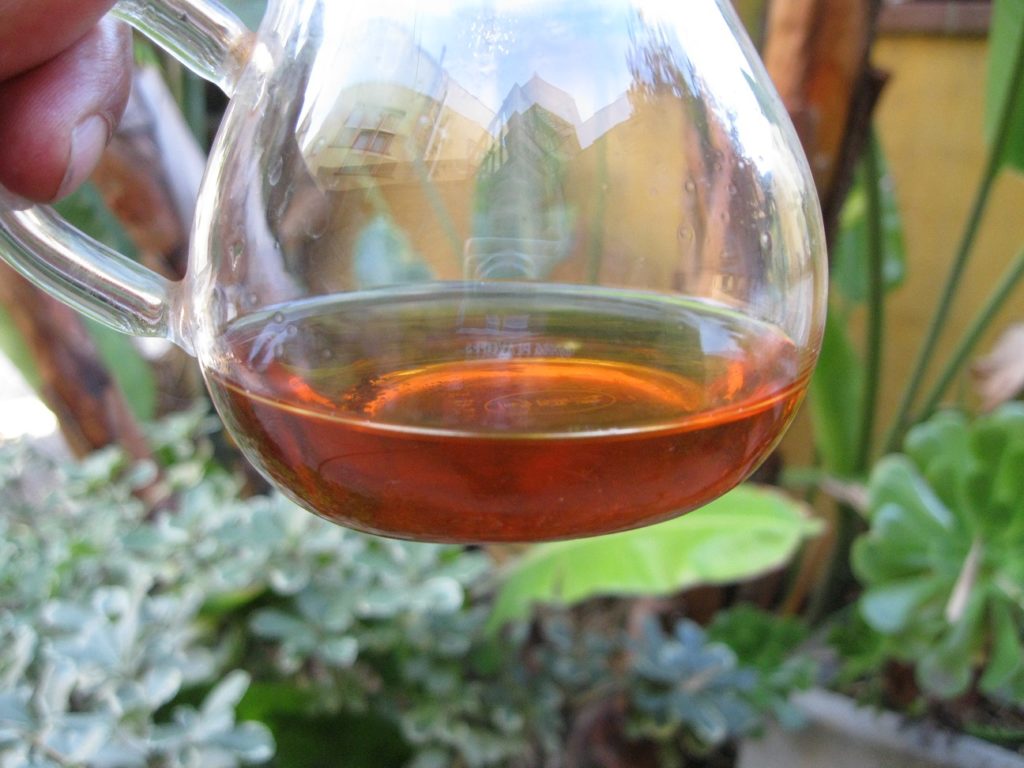Tuo for Two
Tuo for Two is a modern-day reverie. Don’t laugh. You should be crying. The three tuo consumed over the past two days are a cryin’ shame. Before the gory details, a pressing grammatical question should first be laid to rest. The plural form of “tuo” is tuo. If you see “tuos” written somewhere, try to be kind. Even the “your/you’re” dragon has resisted the slings and arrows of correction. What chances does tuo, much further down on the list of grammatical grievances, actually have? Now that we dispensed with that there’s something else. . .
Given the title of this missive, chances are good that many readers are harboring suspicions that the Puerh Junky considers cornball allusions to Cole Porter cutting edge. If you don’t know who Cole Porter is, you still might harbor suspicions but of a different sort. Mind you, I have it on good authority that one should never let a Cole Porter allusion slip by, even if he didn’t write the lyrics.
Two Days of Tuo-ture
Recently the Puerh Junky posted an easy-listing page. No, you won’t find Christopher Cross or Steely Dan, but there’s a slew of raw tuo. One is the T861, Tulin which has been in the Collection since ’15. There are two remaining. At one time it bore the name AMT. Comments there are interestingly honest however aberrant that sesh was.
Dry T861 gives off limestone, honey, and a slight hint of newspaper. Brewed in red clay, the mineral notes stand out, while in the gaiwan it is sweet and smooth with a hint of humidity. The astringency attacks the blade of the tongue, lips, and deep in the throat. The Chinese call this “ghost pinching the throat,” 鬼掐喉咙。 Overall, the taste is what is associated with peat. The huigan is nicely complex with light humidity, honey, and minerals chatting on in unison. The seriously sweet broth possesses complimentary thickness. Beware! There’s lotsa camphor to this. Upon exhalation even a hint of something floral can be caught. As one progresses in gaiwan this floral element becomes more pronounced. Zero smoke, even a bit of sour. Deeply satisfying, really the epitome of what a recipe puerh should be: cured with character.
I accidentally left the 6.3g of the Red Mark Tuo in the same 100ml red clay pot too long. Out poured a syrupy decoction. I was certain that it was going to be horrible but ended up horrified. I’ve been drinking this since Jan ’20 but in Sept ’22 it is not just the best its been but a serious contender for one of the best offerings in the collection.
It’s so smooth and balanced. Dense petrol, wood, and incense characterize the broth. It’s not remotely pencil shavings, caustic, or for want of any additional note. There is a subtle camphor note tying everything together keeping it from becoming oppressive, excessively unctuous. The summer has been very good to the Red Mark Tuo.
First acquiring the Tiger Tuo sometime in early ’16, it ended up aging quickly into a root beer-y delight. I decided to reup on the order in the ’20 and then found it at a better price later in the year. There’s something to be said for slow storage. In this case, the sharpness has receded while the interesting pineapple and other fruit notes have been preserved.
Summer has also been very good to the Tiger Tuo. It’s super sweet, thick, and fruity, with a thread of pine sap that makes it distinctive. A fellow drinker called it the best she’s ever had like “paint thinner”. What a compliment. Tiger is light years from the treasures mentioned above. It hasn’t entered into the transformed state where the camphor comes in and the liquor turns reddish, but it’s transformed sufficiently to allow the sap and sugars to emerge. There’s no telling how long it will remain in this state. V. slight smoke and comprised of about five terroir including a Jingmai backbone, along with Bangwei, Bingdao, and others.


